Home / Albums / Tag Place:America 873

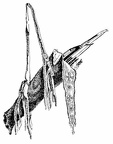 Weapons
Weapons Indians of Wisconsin
Indians of Wisconsin The Mound builders
The Mound builders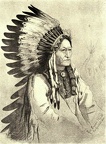 Sitting Bull
Sitting Bull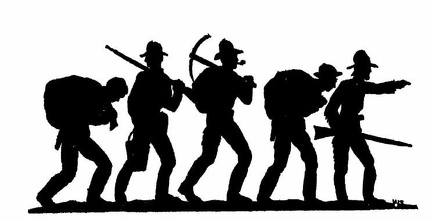 The Hell-roaring forty-niners
The Hell-roaring forty-niners Musketeer wearing a bandolier
Musketeer wearing a bandolier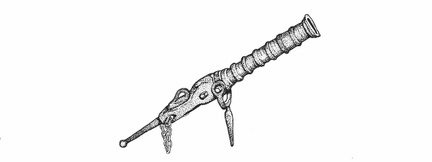 Patrero
Patrero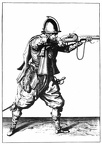 A seventeenth century musketeer
A seventeenth century musketeer Edgar Allan Poe
Edgar Allan Poe Nathaniel Hawthorne
Nathaniel Hawthorne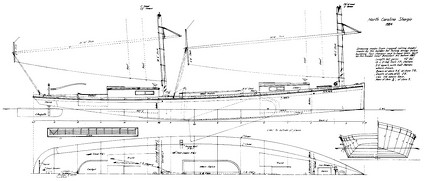 Plan of North Carolina sharpie of the 1880's
Plan of North Carolina sharpie of the 1880's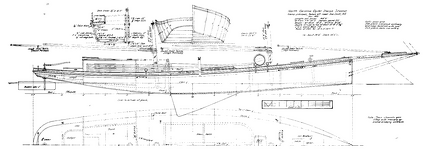 Plan of North Carolina sharpie schooner taken from remains of boat
Plan of North Carolina sharpie schooner taken from remains of boat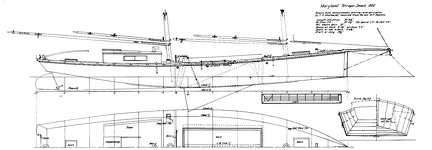 Plan of a Chesapeake Bay terrapin smack
Plan of a Chesapeake Bay terrapin smack Plan of a large Chesapeake Bay sharpie taken from remains of boat
Plan of a large Chesapeake Bay sharpie taken from remains of boat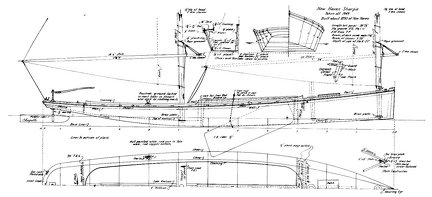 Plan of typical New Haven sharpie showing design and construction characteristics
Plan of typical New Haven sharpie showing design and construction characteristics At Free and Easy Shows
At Free and Easy Shows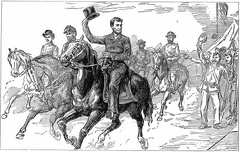 Lincoln visiting the Army
Lincoln visiting the Army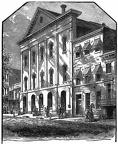 Ford’s Theatre, where President Lincoln was assassinated
Ford’s Theatre, where President Lincoln was assassinated House where the President died
House where the President died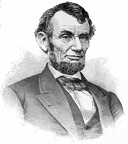 Abraham Lincoln
Abraham Lincoln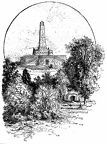 The Lincoln Monument, Springfield, Illinois
The Lincoln Monument, Springfield, Illinois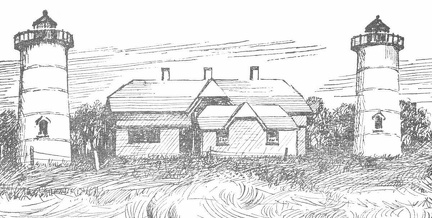 Old Monomoy Lighthouse
Old Monomoy Lighthouse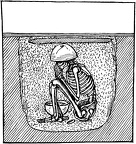 Urn burial
Urn burial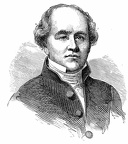 Eleazer Williams
Eleazer Williams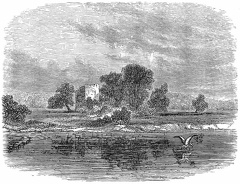 Jamestown as it is
Jamestown as it is Washington rebuking Lee
Washington rebuking Lee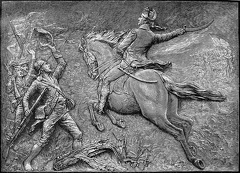 On our chieftain speeded, rallied quick the fleeing forces
On our chieftain speeded, rallied quick the fleeing forces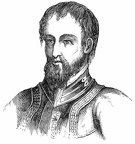 Hernando de Soto
Hernando de Soto Xavier Algara
Xavier Algara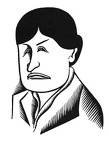 Willa Cather
Willa Cather William S Hart
William S Hart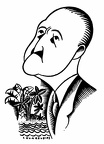 W Somerset Maugham
W Somerset Maugham Will Rogers
Will Rogers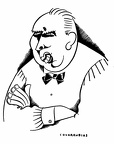 Theodore Dreiser
Theodore Dreiser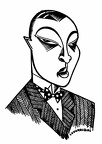 Rudolph Valentino
Rudolph Valentino Serge Koussevitsky
Serge Koussevitsky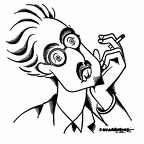 Robert Edmond Jones
Robert Edmond Jones Rose Rolando
Rose Rolando Ralph Barton
Ralph Barton Ramon Del Valle Inclan
Ramon Del Valle Inclan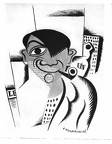 Picasso
Picasso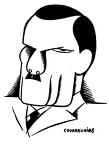 Plutarco Elias Calles
Plutarco Elias Calles Paul Whiteman
Paul Whiteman Pauline Lord
Pauline Lord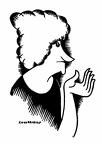 Mrs. Fiske
Mrs. Fiske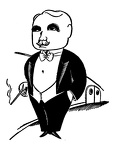 Otto H. Kahn
Otto H. Kahn Miguel Covarrubias
Miguel Covarrubias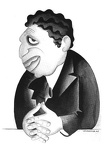 Morris Gest
Morris Gest Mary Pickford
Mary Pickford Leopold Stokowski
Leopold Stokowski Lillian Gish
Lillian Gish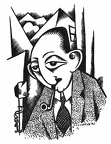 Lee Simonson
Lee Simonson Leonore Ulric
Leonore Ulric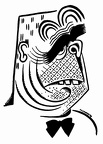 Jose Juan Tablada
Jose Juan Tablada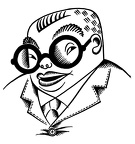 Joseph Hergesheimer
Joseph Hergesheimer John Barrymore
John Barrymore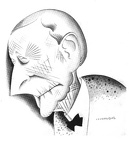 John D Rockefeller
John D Rockefeller Ivy Maddison
Ivy Maddison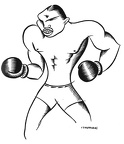 Jack Dempsey
Jack Dempsey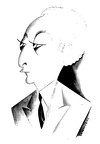 Jascha Heifetz
Jascha Heifetz



